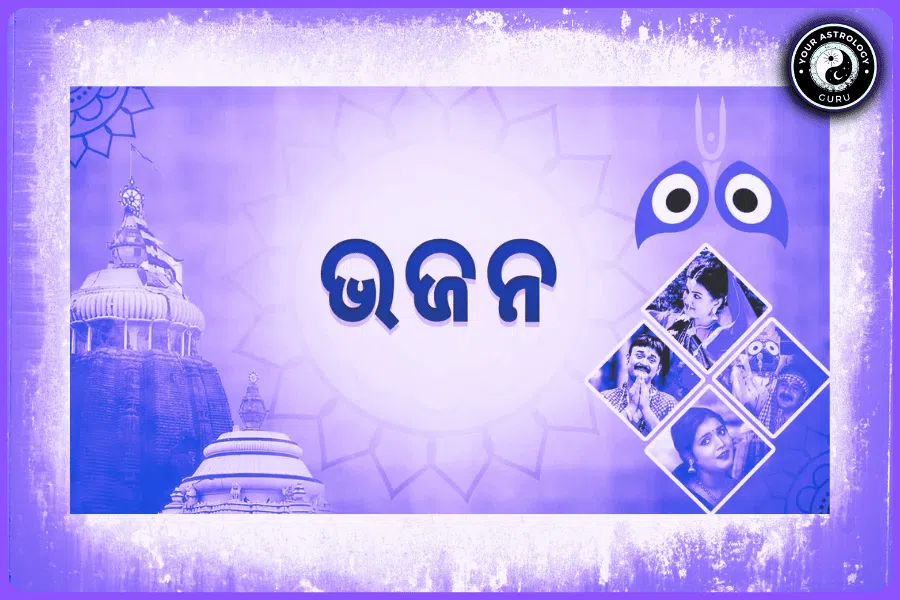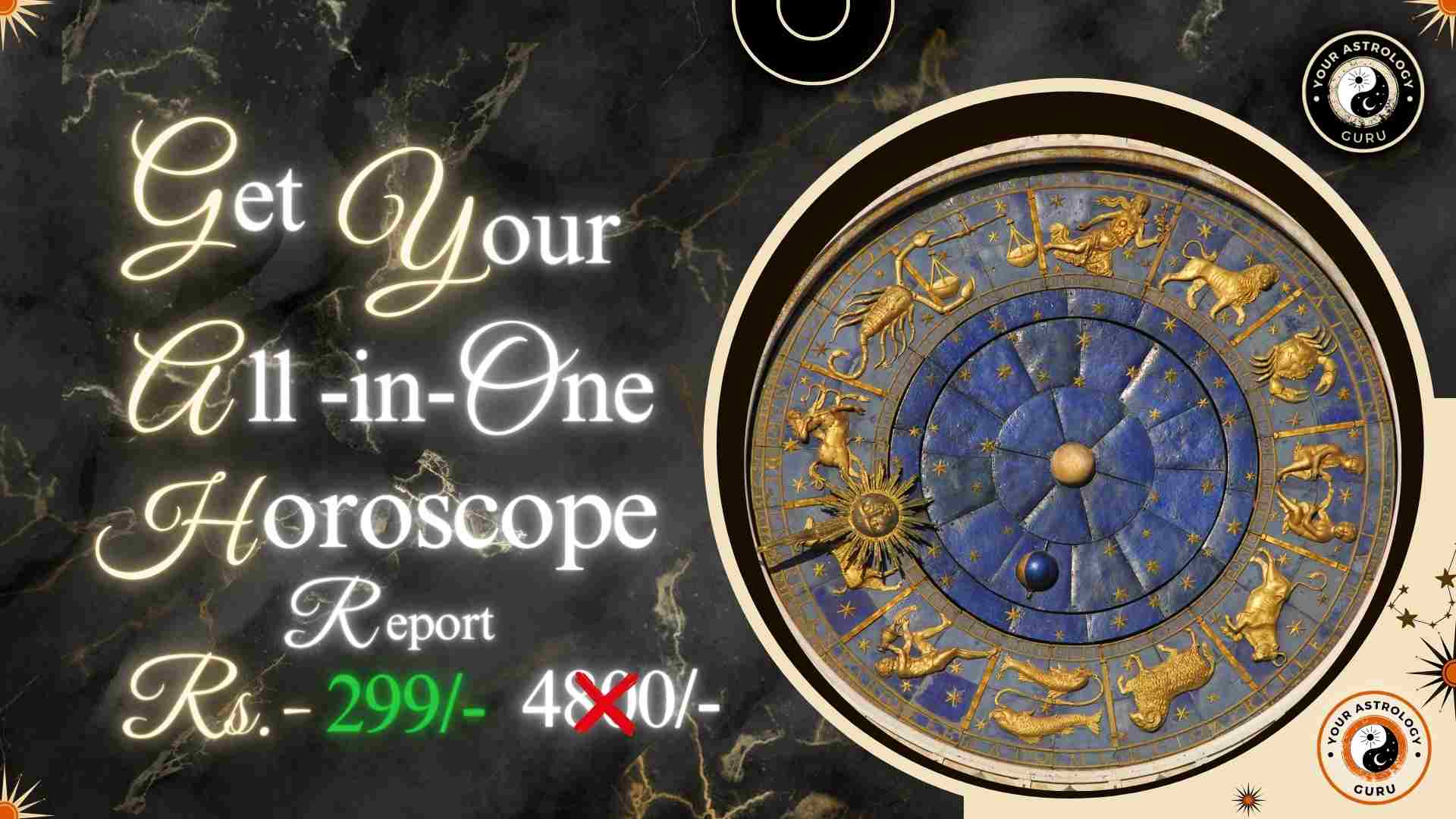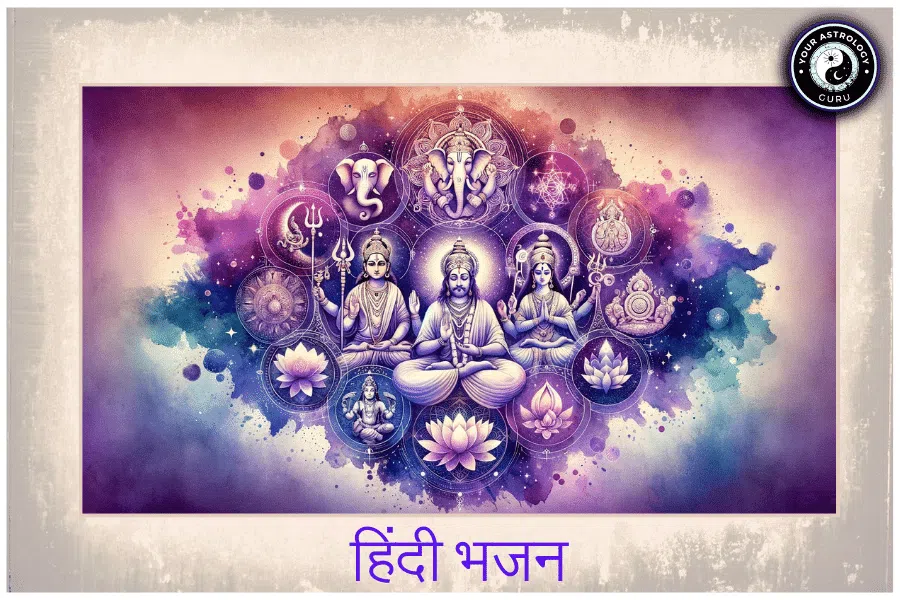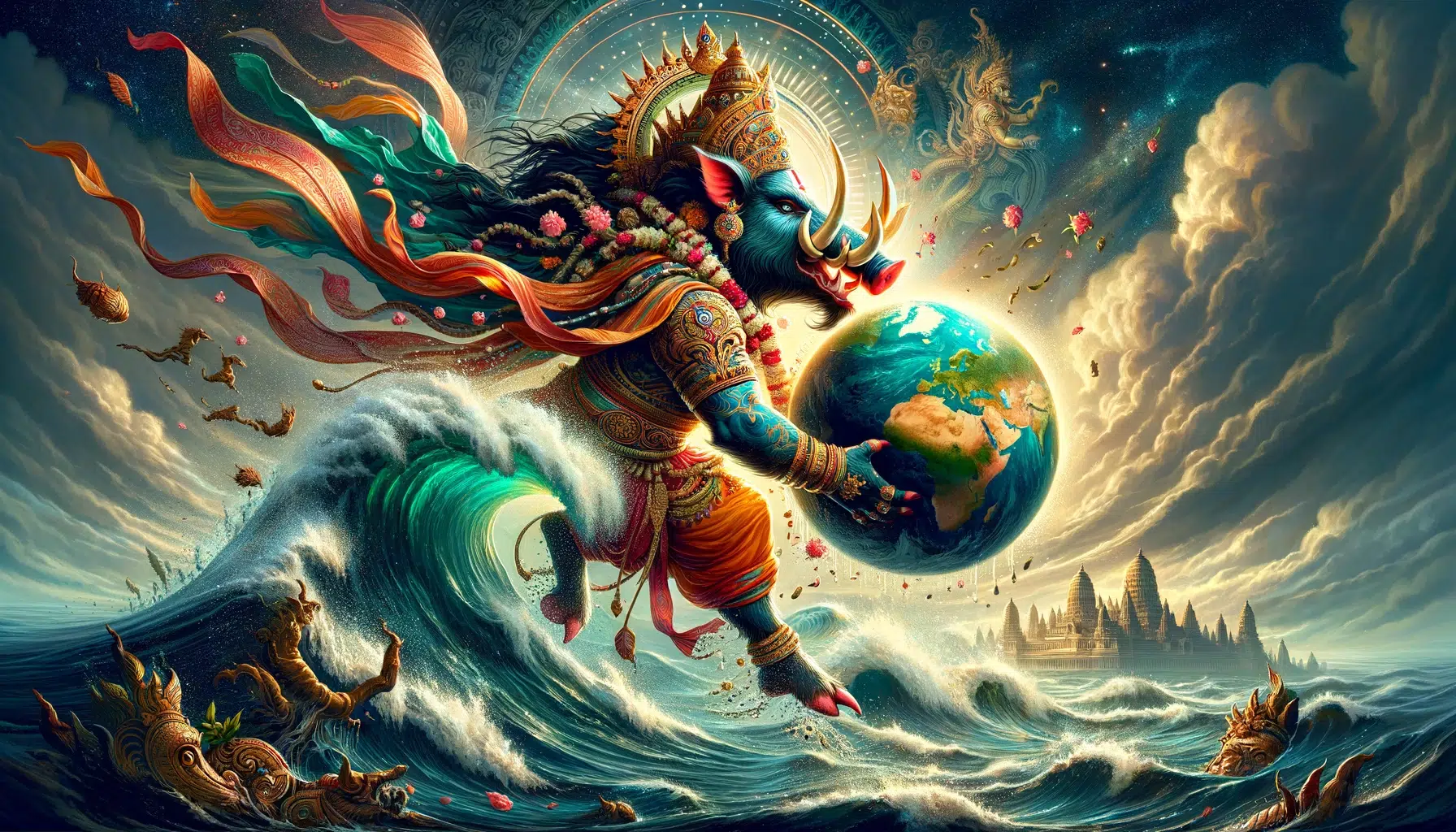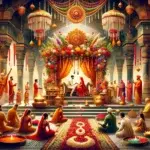The Tarot is a deck of cards that has been used for centuries as a tool for divination and self-reflection. Each card in the Tarot deck carries its own unique symbolism and meaning, allowing the reader to gain insight into various aspects of life. The Tarot uses symbolism to convey messages and insights, tapping into the subconscious mind and providing guidance and clarity.
One card in the Tarot deck that holds significant symbolism is the Emperor card. The Emperor is the fourth card in the Major Arcana, which represents major life events and spiritual lessons. The Emperor is often depicted as a mature man sitting on a throne, wearing a crown, holding a scepter, and wearing armor. These symbols all represent different aspects of authority, leadership, and power.
Table of Contents
The Emperor Card: A Closer Look at its Symbolism and Meaning
The Emperor card in the Tarot deck is often depicted as a mature man sitting on a throne. He is usually dressed in royal attire, wearing a crown and holding a scepter. The Emperor represents authority, leadership, and power. He is seen as someone who has achieved success through hard work, discipline, and determination.
The Emperor’s role as a symbol of authority and leadership is evident in his appearance. His stern expression and confident posture convey a sense of control and command. The Emperor represents someone who is in control of their own life and has the ability to lead others.
In addition to representing authority and leadership, the Emperor is also associated with the zodiac sign Aries. Aries is known for its assertiveness, ambition, and desire for control. The Emperor embodies these qualities and serves as a reminder that leadership requires strength, determination, and the ability to take charge.
The Emperor’s Throne: Exploring its Significance in Tarot
The Emperor’s throne is an important symbol in the Tarot deck. It represents stability, power, and control. The throne is often depicted as grand and ornate, symbolizing the Emperor’s position of authority and his ability to make decisions that affect others.
The throne also represents the Emperor’s domain and kingdom. It is a symbol of his rule and his ability to govern and protect his subjects. The stability of the throne reflects the stability of the Emperor’s leadership and his ability to maintain order and structure.
The Emperor’s position on the throne is also significant. He sits upright with a straight back, symbolizing his confidence and control. This posture conveys a sense of authority and power, reminding us that the Emperor is someone who is in charge and knows how to take charge.
The Emperor’s Crown: What Does it Represent?
The Emperor’s crown is a symbol of his authority and sovereignty. It represents his right to rule and his divine connection to higher powers. The crown is often depicted as ornate and regal, adorned with jewels or symbols of power.
The crown also represents the Emperor’s wisdom and knowledge. It is a symbol of his experience and understanding of the world. The crown serves as a reminder that true leadership requires not only power and authority but also wisdom and insight.
In some Tarot decks, the crown may be depicted as a laurel wreath, which was a symbol of victory in ancient Rome. This further emphasizes the Emperor’s role as a leader who has achieved success through hard work, discipline, and determination.
The Emperor’s Scepter: Unpacking its Symbolism
The Emperor’s scepter is another important symbol in the Tarot deck. It represents the Emperor’s power and control over others. The scepter is often depicted as a long staff or rod, topped with a symbol such as a globe or an eagle.
The scepter represents the Emperor’s ability to make decisions and enforce laws. It is a symbol of his authority and his ability to command respect and obedience. The scepter serves as a reminder that leadership requires the ability to take charge and make difficult decisions.
The scepter also represents the Emperor’s ability to inspire and motivate others. It is a symbol of his charisma and influence. The scepter serves as a reminder that true leadership is not just about power and control, but also about inspiring others to achieve their full potential.
The Emperor’s Armor: Understanding its Importance in Tarot
The Emperor’s armor is a symbol of his strength and protection. It represents his ability to defend his kingdom and his subjects. The armor is often depicted as strong and impenetrable, symbolizing the Emperor’s ability to withstand challenges and obstacles.
The armor also represents the Emperor’s resilience and determination. It serves as a reminder that true leadership requires strength and the ability to overcome adversity. The armor serves as a symbol of the Emperor’s unwavering commitment to his role as a leader.
The armor also represents the Emperor’s need for protection. It serves as a reminder that leadership can be challenging and that it is important for leaders to take care of themselves and seek support when needed. The armor serves as a symbol of the Emperor’s vulnerability and the need for self-care.
The Emperor’s Beard: A Look at its Cultural Significance
The Emperor’s beard is an important symbol in many cultures. In ancient times, a beard was seen as a sign of wisdom, experience, and masculinity. The beard represented maturity and authority, qualities that were highly valued in leaders.
In the Tarot deck, the Emperor’s beard represents his wisdom and experience. It is a symbol of his knowledge and understanding of the world. The beard serves as a reminder that true leadership requires not only power and authority but also wisdom and insight.
The beard also represents masculinity and power in various cultures. In many ancient civilizations, a beard was seen as a symbol of strength and virility. The beard served as a reminder that leaders were strong and capable of protecting their subjects.
The Emperor’s Ram: What Does it Mean in Tarot?
The Emperor is often depicted with a ram, which represents his assertiveness and aggression. The ram is a symbol of leadership and power, and it is associated with the zodiac sign Aries.
Aries is known for its assertiveness, ambition, and desire for control. The ram represents these qualities and serves as a reminder that leadership requires strength, determination, and the ability to take charge.
The ram also represents the Emperor’s ability to overcome obstacles and achieve success. It is a symbol of his resilience and determination. The ram serves as a reminder that true leadership requires the ability to face challenges head-on and persevere.
The Emperor’s Red Robe: A Symbol of Power and Authority
The Emperor is often depicted wearing a red robe, which is a symbol of power and authority. The color red is associated with passion, energy, and strength. It represents the Emperor’s ability to take action and make things happen.
The red robe also represents the Emperor’s passion for his role as a leader. It serves as a reminder that true leadership requires not only power and authority but also passion and enthusiasm. The red robe serves as a symbol of the Emperor’s commitment to his kingdom and his subjects.
The red robe also represents the Emperor’s ability to inspire and motivate others. It is a symbol of his charisma and influence. The red robe serves as a reminder that true leadership is not just about power and control, but also about inspiring others to achieve their full potential.
The Emperor’s Background: Its Role in Tarot’s Symbolism
The background of the Emperor card in the Tarot deck represents the Emperor’s kingdom and domain. It is often depicted as a lush landscape or a grand castle, symbolizing the Emperor’s rule and his ability to govern and protect his subjects.
The background also represents the Emperor’s role as a ruler and leader. It serves as a reminder that true leadership requires not only power and authority but also responsibility and accountability. The background serves as a symbol of the Emperor’s commitment to his kingdom and his subjects.
The background also represents the Emperor’s connection to the natural world. It serves as a reminder that true leadership requires an understanding of the interconnectedness of all things. The background serves as a symbol of the Emperor’s ability to see the bigger picture and make decisions that benefit not only his kingdom but also the world at large.
The Emperor Card’s Relevance in Modern Times
In conclusion, the Emperor card in the Tarot deck holds significant symbolism and meaning. It represents authority, leadership, and power. The Emperor embodies qualities such as discipline, determination, and wisdom.
The qualities represented by the Emperor card are still relevant in modern times. Leadership requires strength, resilience, and the ability to make difficult decisions. The Emperor card can be used in divination to gain insight into leadership and authority, providing guidance and clarity in navigating these aspects of life.
Whether you are seeking guidance in your own leadership journey or looking for insights into someone else’s leadership style, the Emperor card can provide valuable insights and perspectives. By understanding the symbolism and meaning behind the Emperor card, you can gain a deeper understanding of authority, leadership, and power in your own life.





